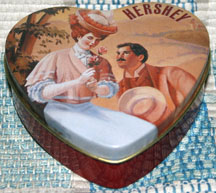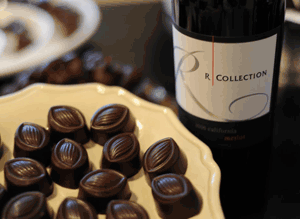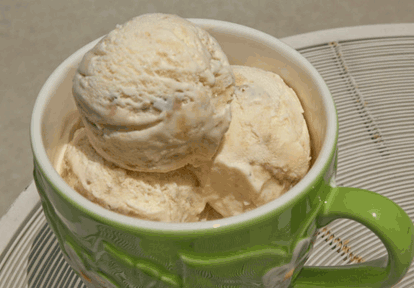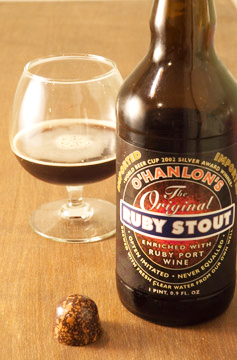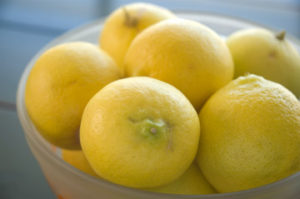I use inverted sugar mostly for my ganache, which is used for truffle centers. The main purpose of this is to extend the shelf life without adding preservatives. But, it also helps the centers maintain a nice balance of a firm consistency and creaminess. A few people have asked questions regarding what this is and how to get it. I must first explain the composition of regular sugar to help fully understand what inverted sugar is.

The Science of Sugar
Common table sugar as we know it is otherwise known as Sucrose, naturally obtained from sugarcane or sugar beets. The carbohydrate sucrose is a disaccharide, which is a chemical bond of the sugar molecules fructose and glucose. (Glucose is also sometimes referred to as Dextrose.) Both fructose and glucose are simple sugars and are composed of the same carbon, oxygen, and hydrogen atoms, but differ structurally.
What is inverted sugar?
Inverted sugar is produced by taking sucrose and splitting the fructose and glucose molecules. This inversion process is called hydrolysis, a chemical reaction which uses acid, water, and heat to break the bond of molecules. Commercially sulfuric acid or sodium hydroxide are used to help speed up the process and are later neutralized.
Why use inverted sugar?
Inverted sugar binds with moisture instead of contributing to it, lowering water activity. This helps to prevent bacteria growth, therefore extending the shelf life of the finished product. It is also sweeter than sucrose and is used as a doctoring agent to prevent recrystallization of sugar, as well as improving the overall texture of the finished product.
How can I obtain inverted sugar?
This inverse process can also be done at home a few different ways. Catalysis of citric acid, ascorbic acid or cream of tartar may be used. By adding one gram of either per kilogram of sugar and boiling for approximately 20 minutes. Or by means of heat, simmering two parts sucrose and one part water on the stove for about 7 minutes.
Personally to avoid more work for myself, I buy it! It usually comes in a creamy liquid form that’s found in a plastic tub or bottle. It also contains approximately 20% water and tends to separate, needing to be mixed thoroughly before use. Inverted sugar can be found at local baking supply or kitchen supply stores and usually costs around $3.00 per pound.
*Side note* It’s also sometimes referred to as inverted syrup, invert, or trimoline.
